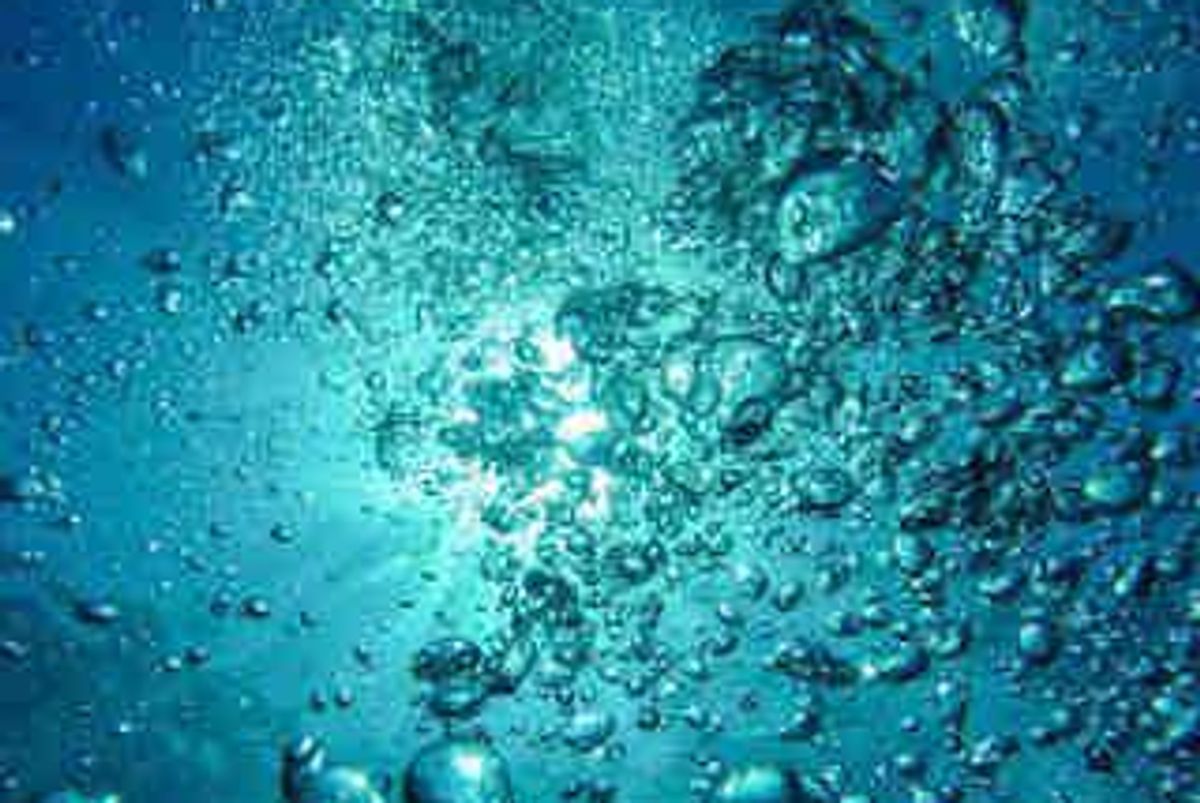
There are several seabed phosphate mining projects under development, but no companies are currently extracting phosphate from the seafloor.
A company aiming to develop the world’s first seabed phosphate extraction project is facing another delay in court. The case between Namibian Marine Phosphate (NMP) and several fishing organizations was postponed for a fourth time on Thursday (June 15).
The case was filed in November 2016 by the Confederation of Namibian Fishing Associations, the Namibian Hake Association, the Midwater Trawling Association of Namibia and the company Omualu Fishing. The four parties are disputing the approval of the company’s license to mine phosphate 60 kilometers off the coast of Namibia.
The group wants the Windhoek High Court to rule that NMP’s mining license for its Sandpiper marine phosphate project, issued in July 2011, is invalid. The members have argued that the license became invalid when NMP failed to comply with a condition requiring the firm to provide an environmental impact assessment to the Ministry of Energy and Mines within six months of being granted the license.
NMP is a joint venture between UCL Resources (ASX:UCL), Mawarid Mining and Havana Investments. The Namibian Ministry of Environment and Tourism approved the company’s marine phosphate mining application in 2016; it would involve dredging the seafloor for phosphate rock. The country’s deep waters are estimated to contain the seventh-largest phosphate rock reserves in the world. NMP’s court case is expected to resume on July 7.
Other seabed phosphate mining projects
NMP is not the only company that has recognized the potential of seabed phosphate mining. Africa’s Department of Mineral Resources has granted prospecting rights for seabed phosphate exploration to Diamond Fields International (TSXV:DFI), Green Flash Trading 251 and Green Flash Trading 257. The rights cover a total of 10 percent of the country’s Exclusive Economic Zone (EEZ).
However, law firm Steyn Kinnear, which represents both Green Flash Trading 251 and Green Flash Trading 257, has said it does not seem like those companies will make progress at their project. One attorney at the firm, Wynand Venter, has called the project “uneconomical” because the drill samples received indicate that current prices will not sustain seabed phosphate dredging operations.
Diamond Fields has moved forward with seabed diamond bulk sampling, and is considering phosphate mining as well. Last year, the company said it was in negotiations with the Department of Mineral Resources in South Africa to “re-delineate prospecting block sizes in the outeniqua east and west concessions respectively,” but it has not provided any further updates. Diamond Fields said further progress on the phosphate project “is subject to environmental studies being conducted by the government.”
Although fishing and environmental groups have opposed phosphate extraction from the ocean floor, shallow-water gold and diamond mining operations have been successful. In fact, Anglo American (LSE:AAL), which owns an 85-percent stake De Beers, announced this week that De Beers is launching the world’s largest diamond exploration vessel off the coast of Namibia.
A seafloor phosphate mining project is also being proposed in Mexico’s EEZ. Odyssey Marine Exploration (NASDAQ:OMEX) is working toward extracting phosphate from the Don Diego deposit off the coast of Mexico, but that project is also facing delays. In May, the company said it expects the legal process to develop Don Diego will conclude in 2017. During the previous year, Odyssey’s application for an environmental license for Don Diego was denied by the Mexican Secretary of Environment and Natural Resources.
Odyssey also owns a stake in Chatham Rock Phosphate, which has the Chatham Rise project in New Zealand’s EEZ. The New Zealand Environmental Protection Authority turned down Chatham Rock Phosphate’s application to mine at Chatham Rise in 2015, but the company plans to reapply.
Despite those setbacks, many believe seabed phosphate mining could have enormous potential. Large phosphate resources have been identified on the continental shelves and on seamounts in the Atlantic Ocean and the Pacific Ocean, according to the US Geological Survey, and some experts believe “the ocean is where future resources exist.” Only time will tell if they will eventually be exploited.
Don’t forget to follow us @INN_Resource for real-time news updates!
Securities Disclosure: I, Melissa Shaw, hold no direct investment interest in any company mentioned in this article.